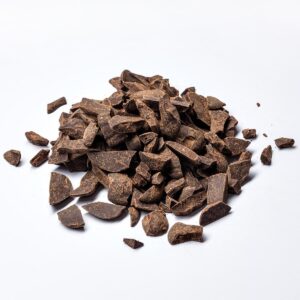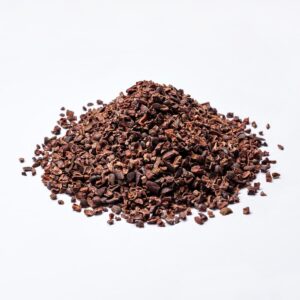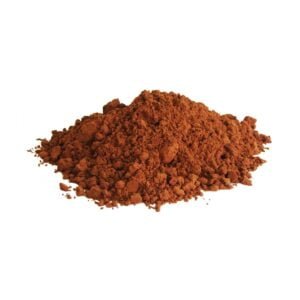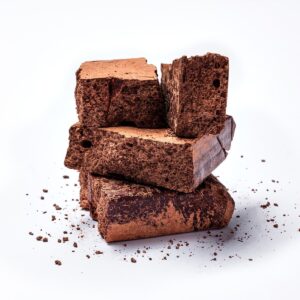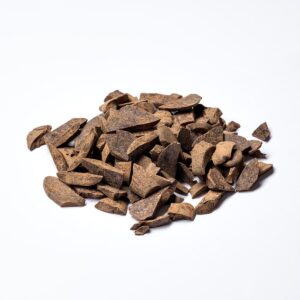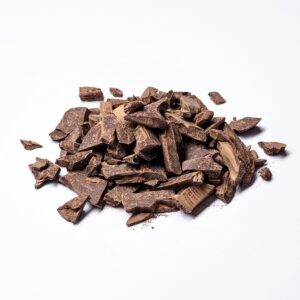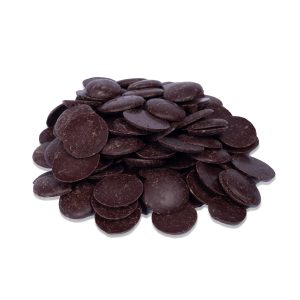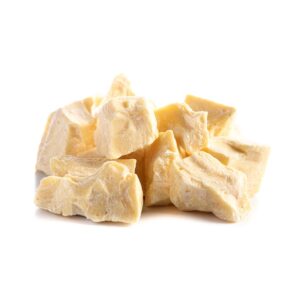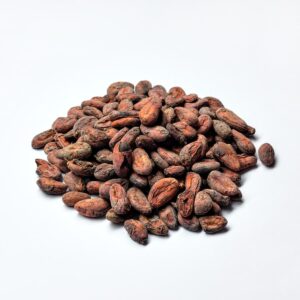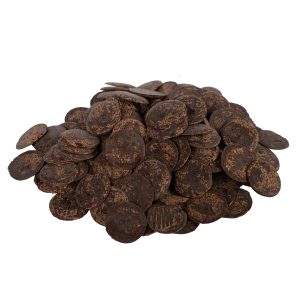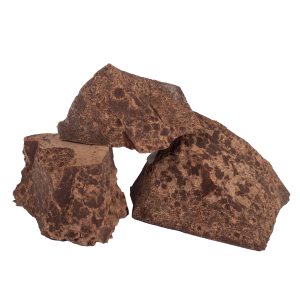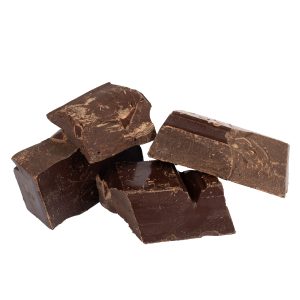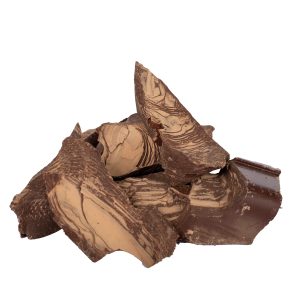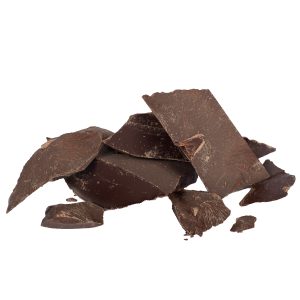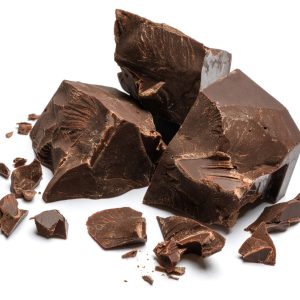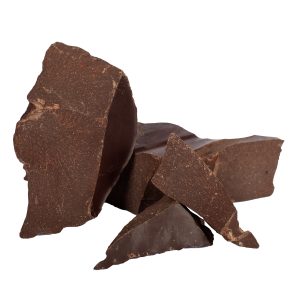Cacao is a native plant of South America that was used by the indigenous peoples of the continent as far back as several thousand years ago, as evidenced by traces of cacao use from what is now Ecuador. The Maya and Aztecs - societies traditionally inhabiting Central and South America - saw cacao seeds primarily as food, but the plant and its fruit also had enormous symbolic significance for them. Access to cacao drinks, for example, could indicate a person's status; in addition, in Aztec and Mayan beliefs, cacao had ritual or ceremonial functions, and cacao products were attributed with divine origins and supernatural properties. Finally, South American cultures also used cacao beans as a means of payment. In one form or another, the importance of this product in pre-Columbian cultures could not be overestimated - this is indicated, for example, by an archaeological find that is a huge 4-litre cup for a cacao drink. And suddenly the slogan "just one more cup" takes on a completely different character!
You can find out more about the history of cacao in this article.
Here, however, we will deal with the answer to the question: what is ceremonial cacao? Ceremonial cacao is nothing more than unflavoured cacao without additives. They are pure ground cocoa beans which, when solidified, take the form of hard but crumbly blocks.
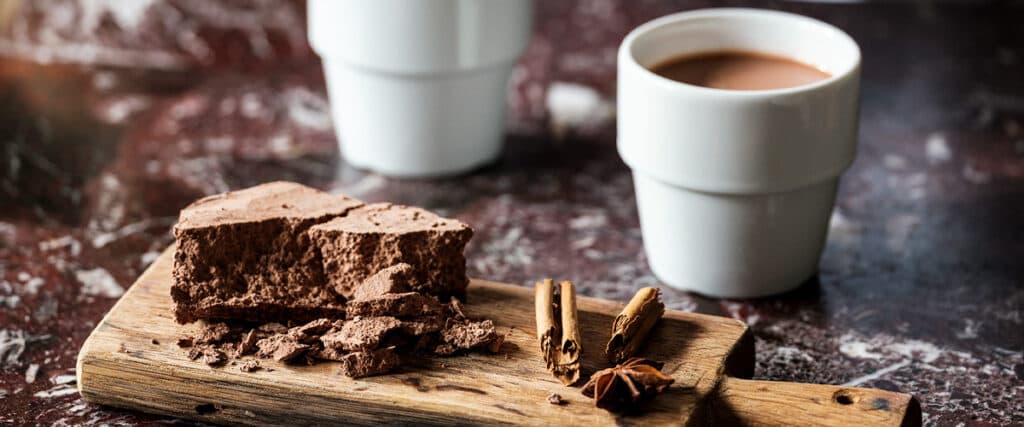
But why the specific name? It comes from the fact that it is precisely this kind of cacao that is used in a cacao ceremony, i.e. when the cacao beverage is consumed together. In practice, however, ceremonial cacao could be described by another name: it is real cacao. Real in the sense that it has not been stripped of anything contained in the cacao seeds themselves. The product we find in all our kitchens is usually powdered cacao with a low fat content (e.g. 11%). The one in question here, on the other hand, is full-fat cacao. This is because the secret is all in the fat: it is in the fat that substances as beneficial to us as phenylethylamine, anandamide and theobromine are dissolved. So full-fat cacao is the pure essence of health from the cacao fruit!
A cacao ceremony is a gathering of lovers of such full-fat cacao, during which larger doses of cacao are drunk (about 40-50g per person). This amount of cacao has a very pleasant effect on one's mood: one relaxes, is in a better mood, wants to dance, sing, hug - which is why a cacao ceremony brings people together perfectly. Real cacao guarantees an intense, deep flavour which, when shared with others, takes on even more colour. It is worth joining or even organising a cacao ceremony yourself, together with your loved ones - but before that, it is good to prepare yourself by reading a bit more about the types into which ritual cacao is divided, as well as the different recipes for preparing the drink!
It is traditionally accepted that there are three basic types of cacao, viz:
However, this division is very, very simplistic and definitely does not reflect one hundred per cent of reality, since cocoa very readily interbreed and even within a single plantation, or perhaps an alley, we may come across many different species of cacao. In Peru alone, researchers have distinguished as many as 10 cocoa species.
You can read more about the species and types of cacao here - we'll take a look at the three main branches for the moment. And let's answer the question: which ceremonial cacao is the best? Criollo, trinitario or perhaps forastero?
There is a fairly popular opinion that only cacao made from the criollo variety deserves the noble title of ceremonial. However, this opinion is incorrect, as ritual cacao can be prepared from the fruit of practically any species of cacao - although it will, of course, differ in taste. For example, full-fat cacao from the criollo variety is less tart than forastero, which can be either a disadvantage or an advantage - it all depends on taste!
The recipe for full-bodied cacao begins when the raw beans are extracted from the cacao fruit and enclosed in special boxes, where they undergo a fermentation process for several days. This part is largely responsible for the final taste of the product - even more so than which species of cacao we are dealing with. This is why the cacao fermentation process should be carried out with special care and at the right temperatures.
After fermentation, the cacao beans are dried and ground, and the grinding should be done at the right temperature (around 40 degrees Celsius). The question is: can ceremonial cacao also be made at home?
Of course! However, we will not, of course, be fermenting the beans at home. After buying the already pre-processed beans, we roast them in a pan, then get rid of the shells and grind the cacao: in a grinder or, more traditionally, in a mortar. The video below shows how this can also be done using an ordinary stone. Preparing raw cacao to make ceremonial cacao is easy and fun.
However, if we have already prepared, or simply purchased, ready-made ceremonial cacao, there are many ways in which we can make the drink itself! It is said that real cacao works and tastes best in the traditional form used by Native Americans. About 10-20 grams from a block of ceremonial cacao is mixed with water or plant milk (about 250 ml) and seasoned with chilli, vanilla, cinnamon or cardamom as desired. The cacao block should be crushed slightly with a knife beforehand. You can sweeten the whole thing with honey.
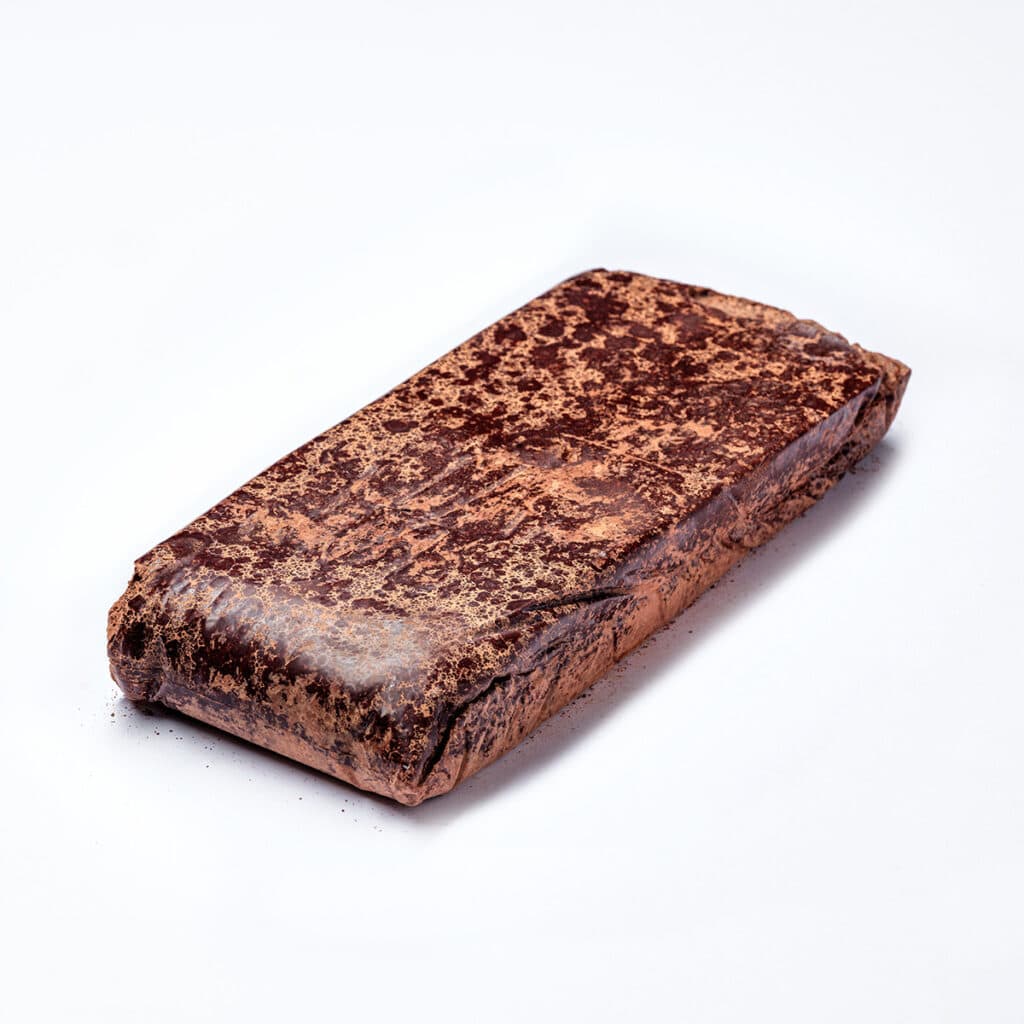
However, this is not the only method of preparing a cacao drink! We advise you to try them all, as each one changes the final taste of the drink obtained.
Grind 10-20g of cacao from the block with a knife and mix with hot water/vegetable milk (approx. 250ml). Add spices as desired: you can use e.g. chilli, vanilla, cinnamon, cardamom. Boil and or blend. If you fancy a sweet drink, add a little honey at the end. Done!
Blend 10-20g of cacao with hot water/vegetable milk (about 250ml) using a blender. This is the quickest method of preparation. Cacao prepared this way has a silky texture and a taste similar to milk chocolate, and is gently stimulating.
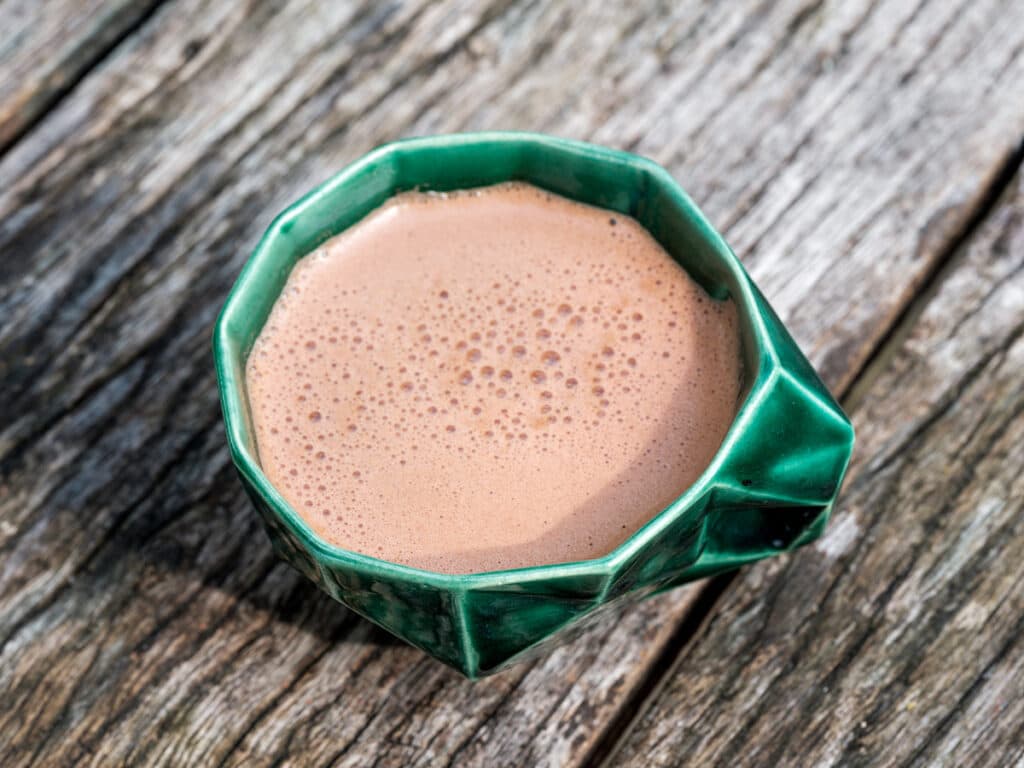
Dissolve 10-20g of cacao in a pot of hot water or plant milk (approximately 250ml). Note: the temperature should be around 70 degrees Celsius! Keep an eye on it to avoid bringing the concoction to a boil! The cacao will be thicker and more intense in flavour than the recipe using a blender. This is how cacao is most often prepared during ceremonies: it has a calming and stimulating effect at the same time, giving a boost of positive, relaxing energy.
Dissolve 10-20g of cacao in a pot of hot water or plant milk (approx. 250ml) and bring the substance to the boil. Boil for a further 3 minutes. Such cacao retains most of its nutritional value, but is easily digestible and gently stimulating.
Dissolve 10-20g of cacao in a pot of hot water or plant milk (approx. 250ml), bring to the boil and cook for 30 minutes. Add the spices (e.g. vanilla, cinnamon) and honey at the end. This cooking breaks down the fibre contained in the cacao and gives the drink a runny consistency.
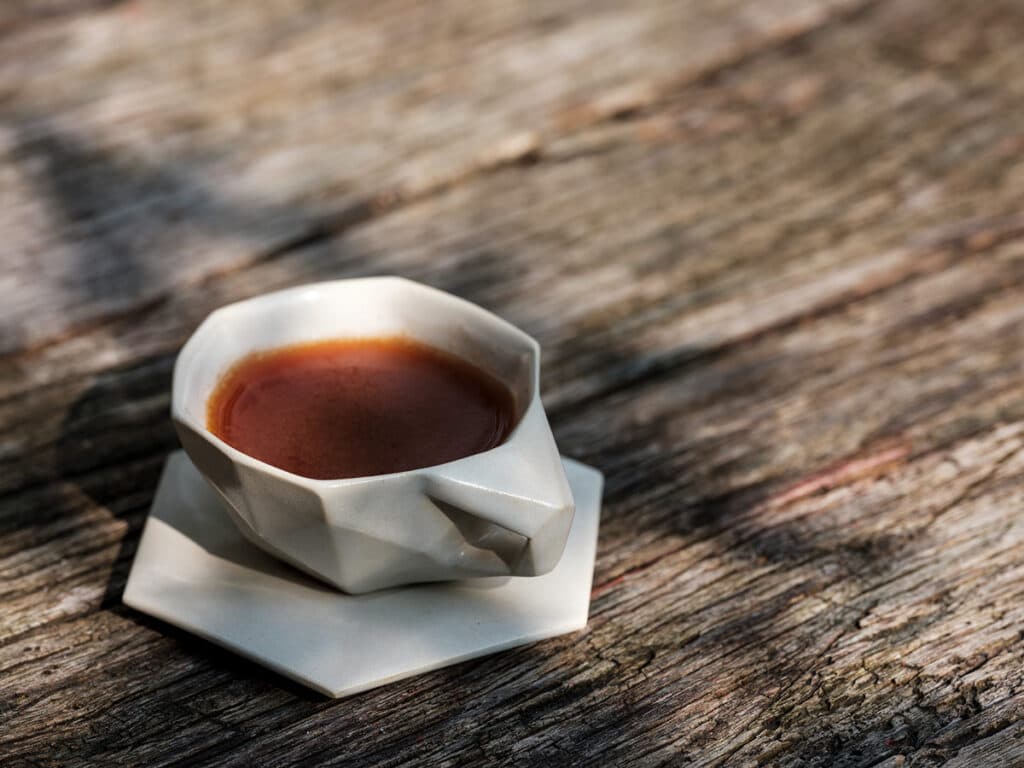
Most of the active substances in cacao have quite high decomposition temperatures, so cooking at 100 degrees Celsius does not harm them. However, some vitamins may be broken down.
Yes. According to the information on this website: https://www.koszernapolska.pl/herbata-kawa-kakao, all 100% natural cacao is kosher.
It is definitely better to use water or plant milk, but cow's milk can be used if someone is fine with that.
Ceremonial cacao is a high-calorie product, so drinking 20-30g in a drink can replace a meal. However, it is a meal full of valuable substances, so unless sugar is added to the cacao, it can hardly be called fattening. There is also additional good news: after ceremonial cacao you generally don't want to eat.
100 grams of cacao has approximately 600 kcal. If we assume that we need 20 grams of cacao for a 250 ml. cup, we find that a decent cup of ceremonial cacao has 120 kcal.
Anything healthy and we like, i.e. honey, vanilla (not vanillin), cardamom, nutmeg, chilli or cinnamon.
Cocoa protip: do not boil the cacao together with the cinnamon, as the consistency of such a prepared drink leaves much to be desired! Cinnamon and other spices are best added at the very end.
Genuine cacao is a mild stimulant, so it is not recommended to drink it before bedtime or in combination with other energising substances (e.g. coffee) or medicines with effects on the nervous system. If in doubt, take advice from your doctor or pharmacist!
Yes, they can, but the dose of cacao should be correspondingly smaller.
Yes, if you have not drunk more than 40 grams. Then it is best to wait a few hours.
The dose usually taken during a cacao ceremony is around 40-50 grams and it is not recommended to exceed this. Ceremonial cacao tastes good with as little as 10-20 grams per cup.
Cacao is drunk slowly, in small sips. Depending on your preference hot, warm or cold.
For the photos in this entry we would like to thank Mateusz Torbus from Torb.us – Culinary Photography
Showing all 19 results
